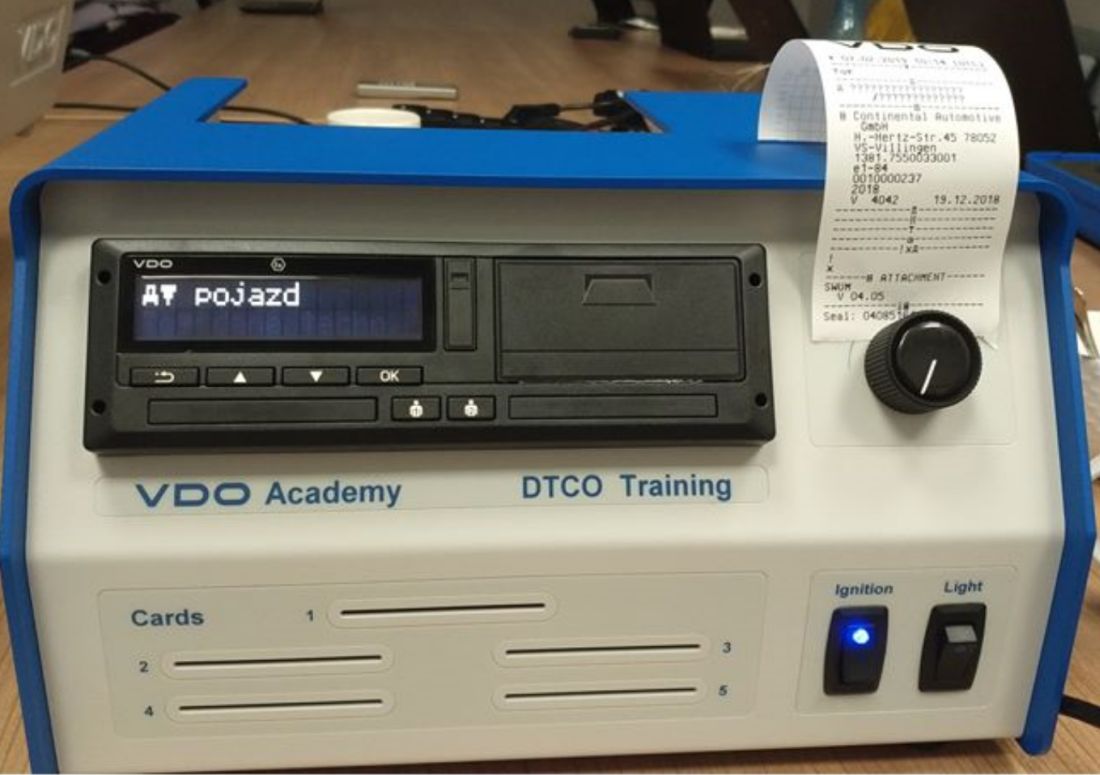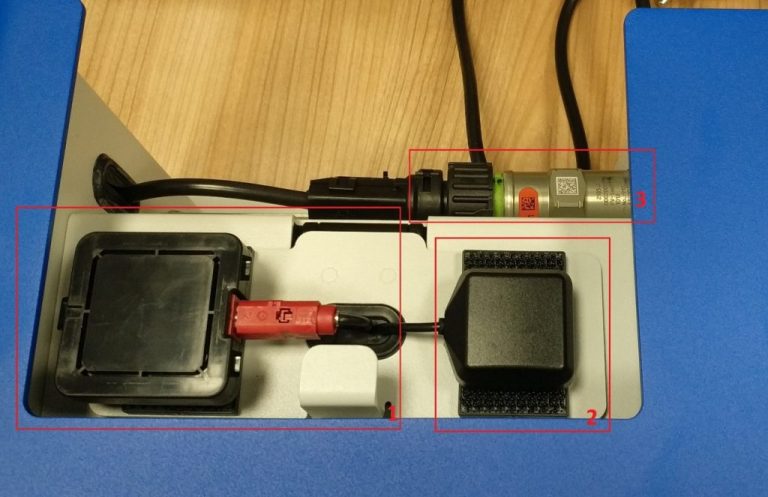
The INELO Group proceeds to the next stage of works on the advanced software and devices for retrieval and analysis of data from smart tachographs. It is made possible thanks to obtaining one of the first smart devices – VDO 4.0.
The VDO tachograph version 4.0 is the first tachograph of the new generation, so-called smart tachograph, which obtained the type approval. This means that it can already be installed in vehicles traveling on public roads. Another manufacturer of smart tachographs may be Stoneridge, which is going to announce the production of a device compliant to Annex 1C (2016/799/EU) under its own brand
The new tachographs will soon be mandatory for all vehicles* registered after 15 June 2019. This date is final and results from Regulation 165/2014/EU. New devices will already appear earlier, because their installation takes place mostly at the vehicle manufacture stage. Plants are already beginning to introduce smart tachographs into their vehicles.
The most important changes vs. previous generation of tachographs:

The first experience shows that the operation of the new tachographs will not be difficult for the driver or the entrepreneur. Most of the functions used on a daily basis do not differ in any way in terms of operation from the current devices.
However, entrepreneurs and enforcement authorities need to consider replacement or upgrading of devices and software for downloading and analysing data from tachographs. The cost of calibrating such a tachograph will increase, among others due to increased number of elements to be checked and the new seals. The largest burden of changes will rest on the workshops that service and calibrate tachographs.
In the following updates we will provide further details related to the introduction of the new digital tachograph system, including practical examples.
* All vehicles in accordance with Regulation 561/2006/EC, mainly vehicles above 3.5 t of GVW and structurally designed for carrying more than 9 people.

INELO Polska spółka z ograniczoną odpowiedzialnością
43-300 Bielsko – Biała,
ul. Karpacka 24/U2b
POLAND
KRS 0000702969
tel.: +48 33 496 58 71
fax: +48 33 496 58 71 ext. 111
e-mail: control@inelo.pl